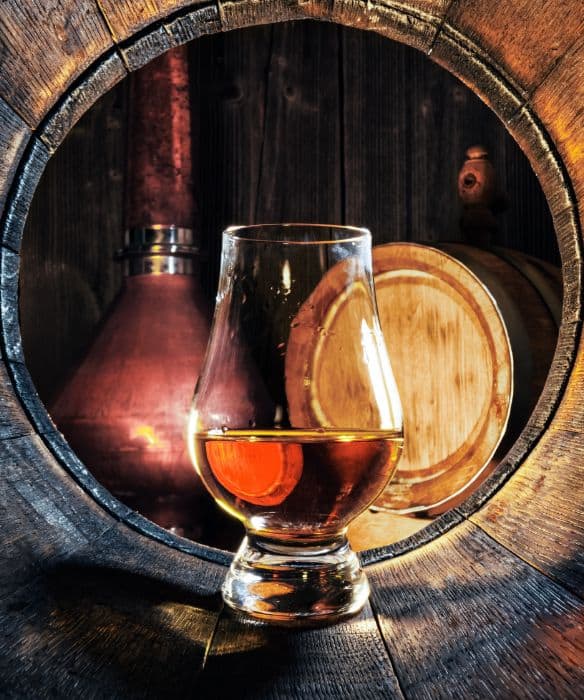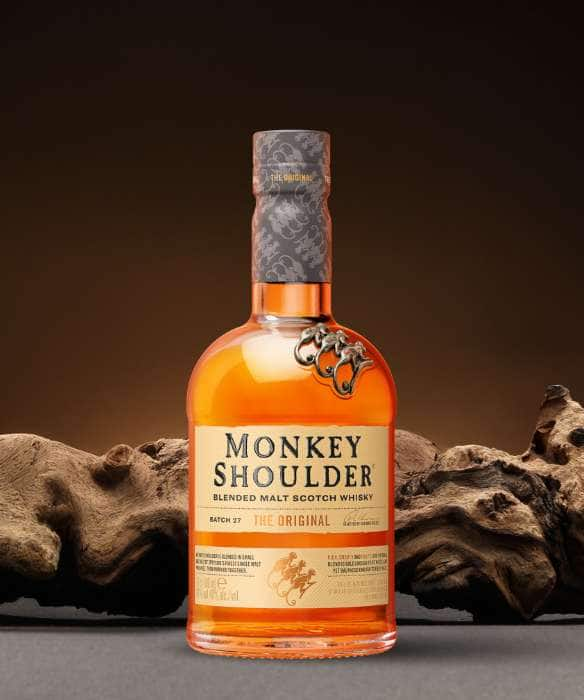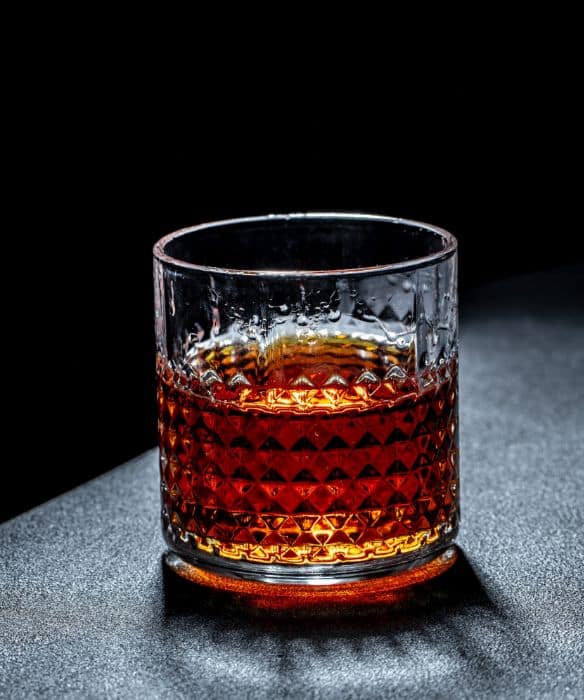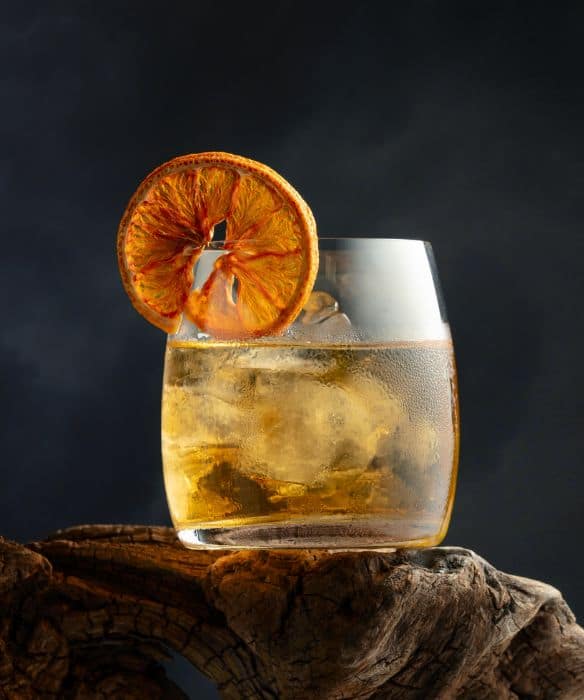Stay logged in to proceed with bookings, orders and offers.
On changing the terminal, you will loose items in your cart. Are you sure you want to change your terminal?
During my trip to the Northeast, I tried three indigenous alcoholic drinks native to the region. Among them, some teased my palate with sweetness, others tantalised with sour notes, and a few offered a hint of tartness. Here's a tale of these flavourful encounters.
The people of Northeast India take immense pride in their indigenous alcoholic drinks, and consider them an integral part of their cultural heritage. These drinks hold a special place in their hearts, symbolising tradition, identity, and social bonding. The joy and celebration associated with these indigenous alcoholic drinks are deeply ingrained in the daily lives of the local communities. They transcend being mere beverages and, in fact, serve as catalysts for communal gatherings, festivities, and rituals. The preparation of these drinks involves meticulous processes that have been passed down through generations, ensuring that the authenticity and flavours are preserved. Having had the opportunity to visit the different states of the Northeast, I was fortunate to savour some of these local drinks firsthand.
Sitting by the crackling fireplace of my homestay in Gangtok, I watched as the owners prepared tongba with meticulous care. A dhungro (a tall wooden mug) was filled with fermented millet grains and hot water, and was allowed to steep. Gradually, the mixture released its aromatic essence, and transformed into a unique, mildly alcoholic, brew. With anticipation, I held the dhungro in my hands. I could feel the warmth seep through my fingers. I sipped through the pipsing (straw-like bamboo pipe), which was immersed in the tongba. The flavours enveloped my senses; it had a distinct earthy taste, slightly sweet and tinged with a hint of sourness. I could sense a pleasant warmth spreading through my body. As I savoured the tongba, the homestay came alive with laughter, stories, and traditional music. The hosts, eager to share their culture, regaled me with tales of Sikkim's rich heritage. The atmosphere was filled with a sense of belonging; I felt like a part of their extended family.
As I stepped on the grounds of the Hornbill Festival in Nagaland, I was immediately captivated by the sights, sounds, and energy that filled the air. The rhythmic beats of traditional drums echoed in the distance, blending harmoniously with the laughter and chatter of the crowd. I was eager to explore Naga culture and immerse myself in this grand celebration. Among the many attractions here, a stall serving zutho caught my attention. Zutho is the traditional rice beer of the Nagas. Making my way to the stall, I was greeted with warm smiles from the Naga women who served the brew. As I took a sip of the white liquid, a burst of flavours hit my taste buds. Zutho has a distinctive tanginess, with hints of sweetness and a subtle earthiness, unlike any drink I have tasted. It was refreshing and light, perfect for the festive atmosphere that surrounded me. What fascinated me was how the drink brought out a sense of community; symbolic of togetherness. I discovered that Naga people share the drink during important life events, such as marriages and child naming ceremonies, as they believe it wards off evil. It is also a way to connect, forge relationships, and strengthen the community.
During my adventurous trip to Arunachal Pradesh, I indulged in apong—the state's traditional rice beer. It proved to be a delightful experience as it offered a fascinating glimpse into the local culture and customs. As I ventured into the heart of Aalo, I discovered a quaint village where the aroma of apong filled the air. I followed the alluring scent to a humble house where people were brewing apong. I was warmly welcomed by the villagers, and was invited to partake in their time-honoured tradition. Seated on a bamboo mat, surrounded by friendly faces, and enveloped in the comforting ambience of the village, I was presented with a tall bamboo container filled with apong. The light-coloured liquid shimmered in the sunlight, inviting me to take a sip. As I raised the bamboo cup to my lips, the first taste of apong greeted me with its unique flavours. It had a subtle sweetness along with a mild tartness that was accompanied by a delightful effervescence. The craftsmanship involved in brewing apong was evident in every sip, and I relished the experience. What made this moment even more extraordinary was the lively conversation and laughter that filled the air. The villagers shared stories, anecdotes, and their deep-rooted connection with apong. It was a drink that brought people together, fostering a sense of camaraderie and kinship.
As I savoured tongba, zutho, and apong, I unearthed the very essence of Sikkim, Nagaland, and Arunachal Pradesh. This journey sparked my curiosity, serving as a vibrant reminder of the allure in embracing novel flavours, and fully immersing oneself in the rich tapestry of traditions that these lands offer.
Also Read -
Top 10 Beer Brands in India with Price, Volume and Alcohol Percentage
Top 10 Whisky Brands in India with Price, Volume and Alcohol Percentage
Blue Label Price in Mumbai - 750ml, 1 Litre, 180ml, 375ml
Black Label Price in Mumbai - 50ml, 750ml, 1 Litre
Reb Label Price in Mumbai – 50ml, 200ml, 375ml, 750ml, 1 Litre
100 Pipers Price in India – 750ml, 1 Litre
Breezer Alcohol Percentage, Price (275ml), Flavours, Myths in India
5 Best Coffee Places in Mumbai with Americano Score
Hadiya and Mahua Drink - Process of Making Mahua and Handia
Blue and Green Lassi - Price, Shop Location in Varanasi
Ballentine Whisky 750ml Price in India - Delhi, Bangalore, Kolkata, Chennai, Pune, Hyderabad, Mumbai





The Adani One expressly disclaims all liability, direct and indirect, in respect to actions taken or not taken based on any or all the contents of this Blog. The Blog is an opinion of the contributor based on the collation of data from various sources and is provided only for information purpose. Adani One does not canvass, advertise, solicit, invite or induct for any product, merchandise, information, brand or any other materials mentioned in the Blog, nor does it obtain any monetary benefit from the same. Reader is advised to read and apply his/her intellect and discretion in this regard. Any Intellectual Property mentioned in this blog belongs to the rightful owner. We do not intent to claim any interest over the same.